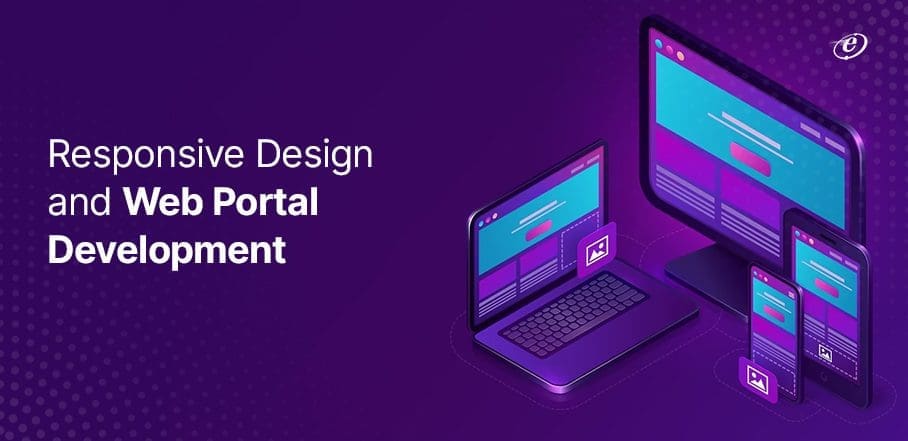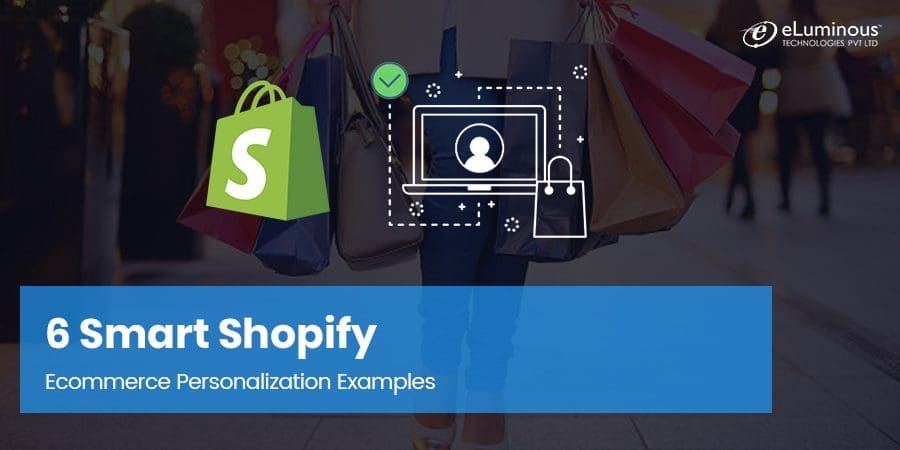
6 Smart Shopify Ecommerce Personalization Examples
As consumers, we live in an age of abundance. It doesn’t matter what you want to consume or buy, there are countless options to choose from. While this is great news for consumers, it also presents a problem for sellers – or in this context, eCommerce sellers.
With a fair degree of overlap in the products and services portfolio of different sellers, the differentiating factor now lies in the personalization of the buying experience offered by an eCommerce seller. Gartner thinks so too as it predicts that digital businesses using smart personalization engines to address customer intent will increase their profits by up to 15% come 2020.
If that paints a rosy picture of what an online business stands to gain by personalizing its offerings, Accenture reports that lack of personalization cost companies over $750 billion in lost sales in 2016. With eCommerce having grown exponentially since then, it’s fair to assume that figure would have crossed the $1 trillion mark by now.
What these figures indicate is that the benefits and losses associated with personalization (or its lack thereof) are real. Any eCommerce venture that wants to succeed today, as such, cannot afford to look past personalization.
In this post, we look at some personalized marketing examples for Shopify ecommerce stores. Needless to say, many of these tactics can be replicated successfully for non-Shopify eCommerce stores as well.
Creating User Profiles

The best way to know what your user wants would be to get inside their head. If that sounds spooky, apart from impossible, you can always fall back on the next best thing – pick up their trail.
Your user’s account, for instance, is a virtual goldmine of information that can be used to personalize your marketing efforts. A quick scan of their purchase history and browsing patterns will give you enough ideas on what a user might want to purchase next. However, there is a danger of getting carried away when doing this and you can end up putting off your user altogether.
That’s why it’s important to ascertain which of your products might fit the user’s need, rather than the other way around. You can do this by,
- Creating unique offers based on past user behavior – browsing and purchase history, shopping cart abandonment etc.
- recommending specific products based on past user behavior
- recommending specific products based on information obtained (via surveys, feedback) from the user
Leveraging Email Templates

An email address is the next best thing available to you as a marketer after a phone number. When you have a user’s email ID, you can personalize a very important aspect of selling – communication.
Ecommerce platforms like Shopify allow you to customize emails sent out to users. There are three types of emails that you can use to nudge them into making a purchase.
- Abandoned cart emails – Cart abandonment is one of the biggest bugbears for eCommerce stores. Users add one or more products to their carts before abandoning them at the checkout stage. While we’ve addressed how to optimize Shopify checkout page to boost conversion previously, one of the easiest ways to do this is by sending an email to a user subtly asking them to complete an unfinished purchase.
- ‘Miss You’ emails – If a user forgets to complete a purchase on your store, chances of them forgetting your store itself are reasonably high. You can get around this problem by sending them an email that
- carries some new and exciting announcement about your store
- informs them of new product arrivals
- reminds them of the products they’d looked at previously
- Follow up emails – The checkout stage, contrary to popular perception, is where the real relationship between you and your customer begins. For instance, you can use follow up emails to recommend additional products based on a customer’s past purchases. This helps you retain customers, which is significantly cheaper than acquiring new ones.
Mobile Commerce
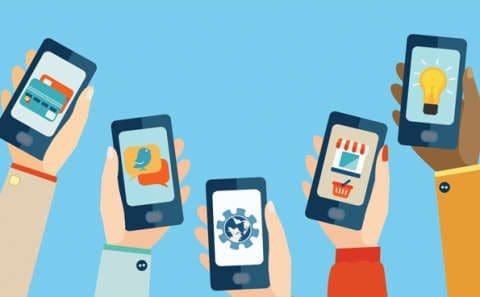
Mobile commerce, popularly referred to as M-Commerce, is gaining traction among users and eCommerce players alike. For the former, M-Commerce offers an easy and hassle-free way to browse different products, compare prices, make payments, and even track orders. And numbers bear this trend out as well. According to 99Firms,
- 49% of buyers shop from their mobile phones
- 30% of US consumers use mobile banking as their preferred payment method
- In 2019, smartphones will account for 34% of all eCommerce sales in the USA
- By 2021, M-Commerce’s share of total online sales will cross 50%
You can carve a slice out of this growing M-Commerce pie by making your eCommerce store mobile-friendly. Fortunately, Shopify scores well on this aspect. You can simply hire a Shopify developer to configure the platform’s free and in-built mobile commerce features. This will allow your customers to browse and buy from your store through their mobile device at the time, day, and location of their choice.
Proactive Customer Support

Customer support is one of the cornerstones of personalized shopping experience. However, it’s important to be proactive in your customer support instead of being reactive, which is how most eCommerce sellers perceive after-sales service.
Being proactive means listening to the needs of your customers and addressing every one of their concerns. If you’re selling via Shopify, you have several apps at your disposal to offer your customers this kind of support. These Shopify apps let you,
- use pop-up messengers to answer customer queries
- help customers track their packages
- display user-generated content like reviews, FAQs, product pictures etc.
- provide further support through live chat
- offer an easy-to-understand returns mechanism
Proactive customer support also goes a long way in retaining a customer, which can positively impact your profit margins.
Customize Your Storefront
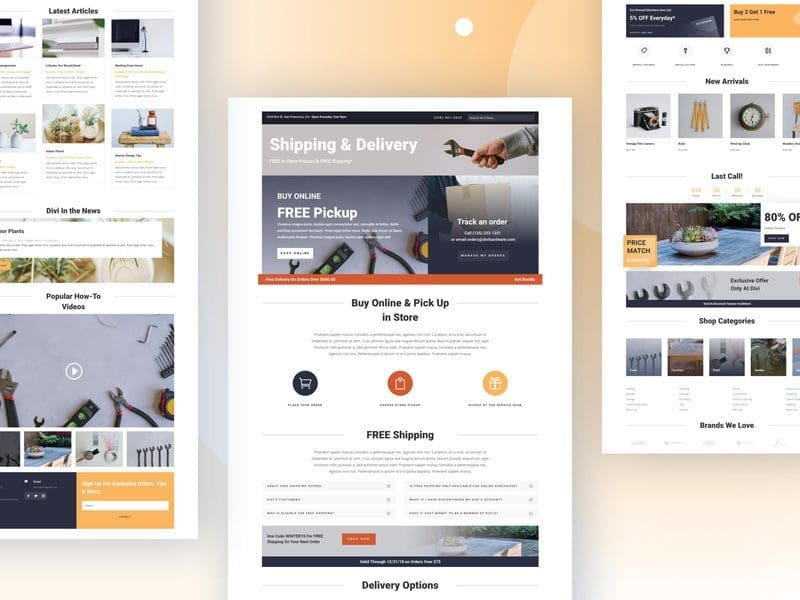
The homepage is the first point of interaction between your eCommerce store and a potential customer. Think of it as the resume you’d use to pitch yourself for a job. And just like you’d customize your resume for each job, you must do the same for your store’s homepage as well. Among other things, it can boost shopper engagement and lend a personal touch to your store’s shopping experience.
Some ways in which you can do this include,
- personalize the homepage banner to display products based on visitor’s browsing behavior
- display personalized offers to returning visitors
- display category-specific discount coupons
- display weather-, season-, and location-specific products and offers
Grow Multi-channel Engagement
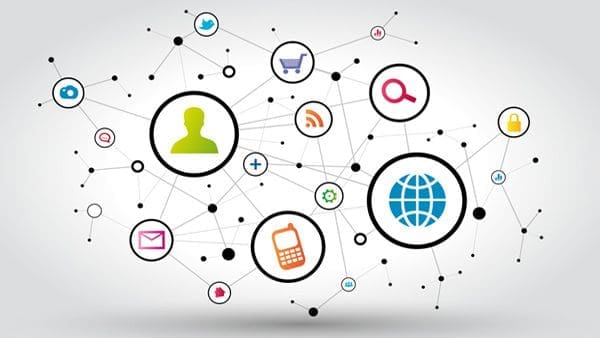
Offering your eCommerce store on multiple channels can increase your customer outreach exponentially. This practice follows up on the mantra of ‘being where your customers are’. For instance, the number of social media users around the world is inching towards the 3.5 billion mark. More interestingly, the average time spent on social media was over two hours per day in 2018.
Social media like Facebook, Instagram, YouTube, and Snapchat provide a massive window of opportunity to engage with potential customers by sharing relevant content.
Shopify, for instance, helps you leverage the full potential of multi-channel engagement by offering more than 20 channels. These include marketplaces like Amazon and eBay, social media like Facebook and Instagram, messaging apps like WhatsApp and Telegram, brick-and-mortar substitutes like pop-up shops and live events, and even a wholesale channel for B2B sales.
Over to you
A personalized shopping experience is the most effective moat you can create for your eCommerce venture. It gives your brand a distinct identity and creates a symbiotic relationship between you and your customers. By implementing these tactics on your Shopify or other eCommerce stores, you’ll surely see an uptick in customer retention rates. This will ultimately help create a sustainable and long-lasting business model for your eCommerce store.
What do you think about the importance of personalization in eCommerce? Do let us know in the comments section.
Or if you have some questions and would like to know more about how to hire Shopify developers, just say hello. Our expert Shopify developers will be more than glad to answer your queries about eCommerce personalization.

